
Warning Letter: Southern Meds
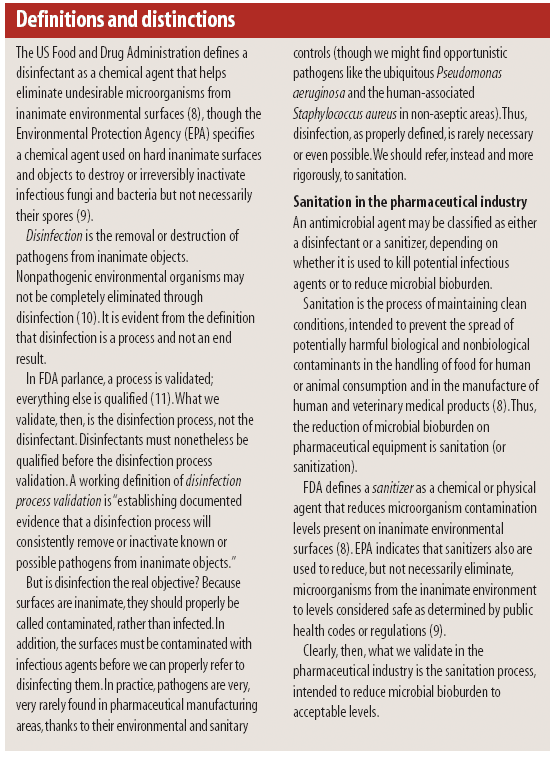

Warning Letter: Southern Meds
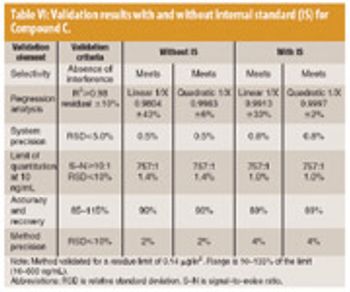
LC–MS–MS has the potential to become a routine technique for determining drug residues in support of cleaning verification, especially early in drug development.

"It was the late 1970s," reports our GMP-Agent-in-Place, "and we used a primitive desktop computer with built-in teletype for our quality control work.

FDA is proposing revisions to the drug user fee program while it weighs changes for drug safety initiatives and expanded vaccine production.

Preliminary results from a clinical trial of Sanofi Pasteur's (Lyon, France, www.sanofi.com) H5N1 prepandemic influenza vaccine indicate the vaccine is safe and was well-tolerated in 300 healthy volunteers. This study is the first trial of an H5N1 prepandemic influenza vaccine candidate that compared vaccines with and without adjuvants.

The regulating authorities have, it seems, a preference for the application of multimembrane combinations to maximize organism retentions.

Baselines are one of the most useful tools in the 'validation toolbox'. They can be used for a variety of tasks with great success. This article will examine how they can be used and for what.

Small- and medium-sized enterprises (SMEs) will gain administrative and procedural assistance from the EMEA. The agency's SME office was launched in December 2005 and follows the new Commission Regulation, which aims to promote the development of medicinal products in SMEs.
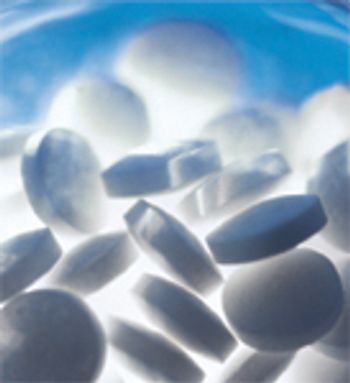
Though dissolution testing has been under scrutiny, it is still a powerful test method.
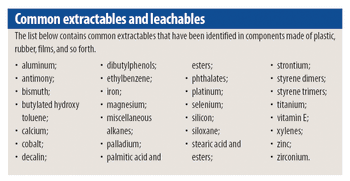
Extractable and leachable issues should be resolved early in the drug manufacturing process. Open communication is imperative for a successful study.

Warning: Brazilian Diet Pills Found to Contain Active Drug Ingredients

Pfizer Combats Counterfeiters with RFID

FDA Issues Dispute–Resolution Guidance

Schering-Plough Meets FDA Deadline for CGMP Improvements
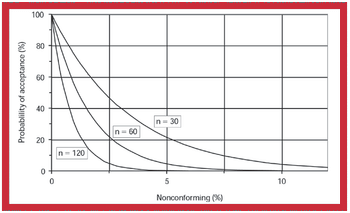
The benefits of zero tolerance as a test criterion have been oversold. A critical examination of zero tolerance reveals that many of the supposed benefits are not attainable. More important, inappropriate application of this criterion can have a deleterious effect on the assessment, control, and improvement of the quality of pharmaceutical products.
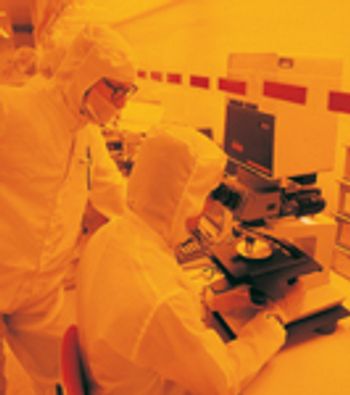
Repercussions from the recent courtroom problems relating to the painkiller Vioxx and patent expiration have forced Merck to take cost-cutting action. In an effort to save money, the company has closed five factories and three research institutes, and will cut 7000 jobs.
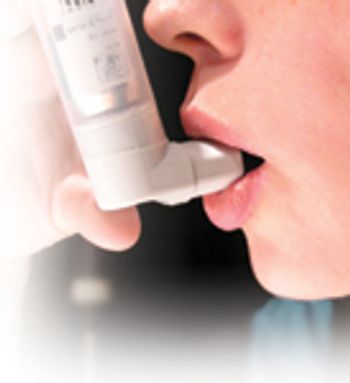
Pharmaceutical industry regulation is about to change with a new code of practice. This has been revealed by the Association of the British Pharmaceutical Industry (ABPI) following recent problems with patient safety and the dissemination of data and information of approved drugs, which exposed loopholes within the code.
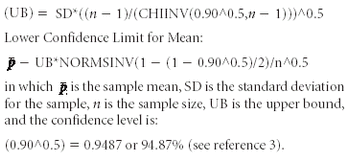
Using the Bergum Method and the MS Excel software program, the author determines the probability of passing the USP dissolution test.
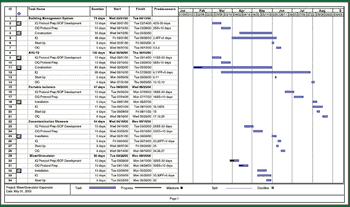
In the second half of this two-part series, the author suggests that to qualify and validate a pharmaceutical manufacturing facility, one must coordinate protocol and SOP development, scheduling and implementation, turnover package preparation, and the management and resolution of deviations and discrepancies. In combination with the programs described in Part I, these activities will help deliver projects on schedule, at estimated cost, and with quality assured.
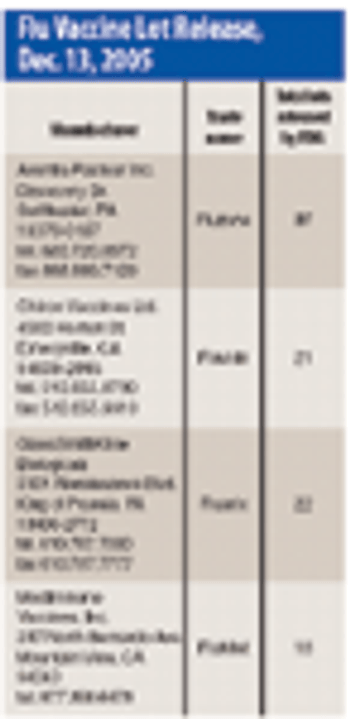
Merck (Whitehouse Station, NJ, www.merck.com) has revealed the "first phase" of its global restructuring program set to eliminate 7000 jobs (11% of its global workforce) by the end of 2008, close or sell 5 of its 31 manufacturing facilities, and roll out a manufacturing strategy to "drive significant efficiencies, decrease headcount, and reduce or refocus operations throughout the plant network and the entire manufacturing division." The company also expects to close one basic research site and two preclinical development sites.

A particular dermatological product was packaged in a metal tube, which is filled from the bottom.

FDA Sees Hike in Combination Product Applications

FDA issues a warning letter to Nephron Pharmaceuticals.

SEC Loosens Revenue-Recognition Rules for Vaccine Stockpile Participants

FDA Warns Consumers Against Unapproved, Contaminated 'Miracle II Neutralizer'